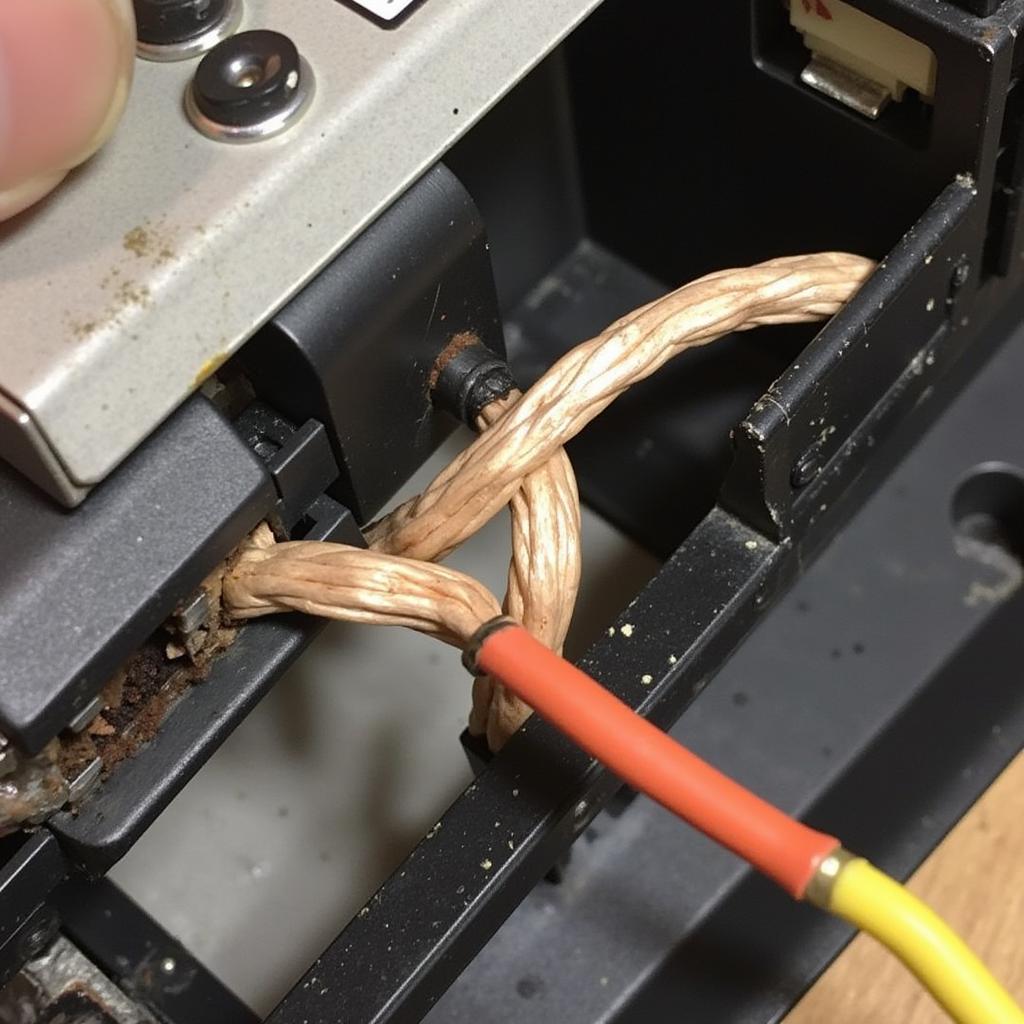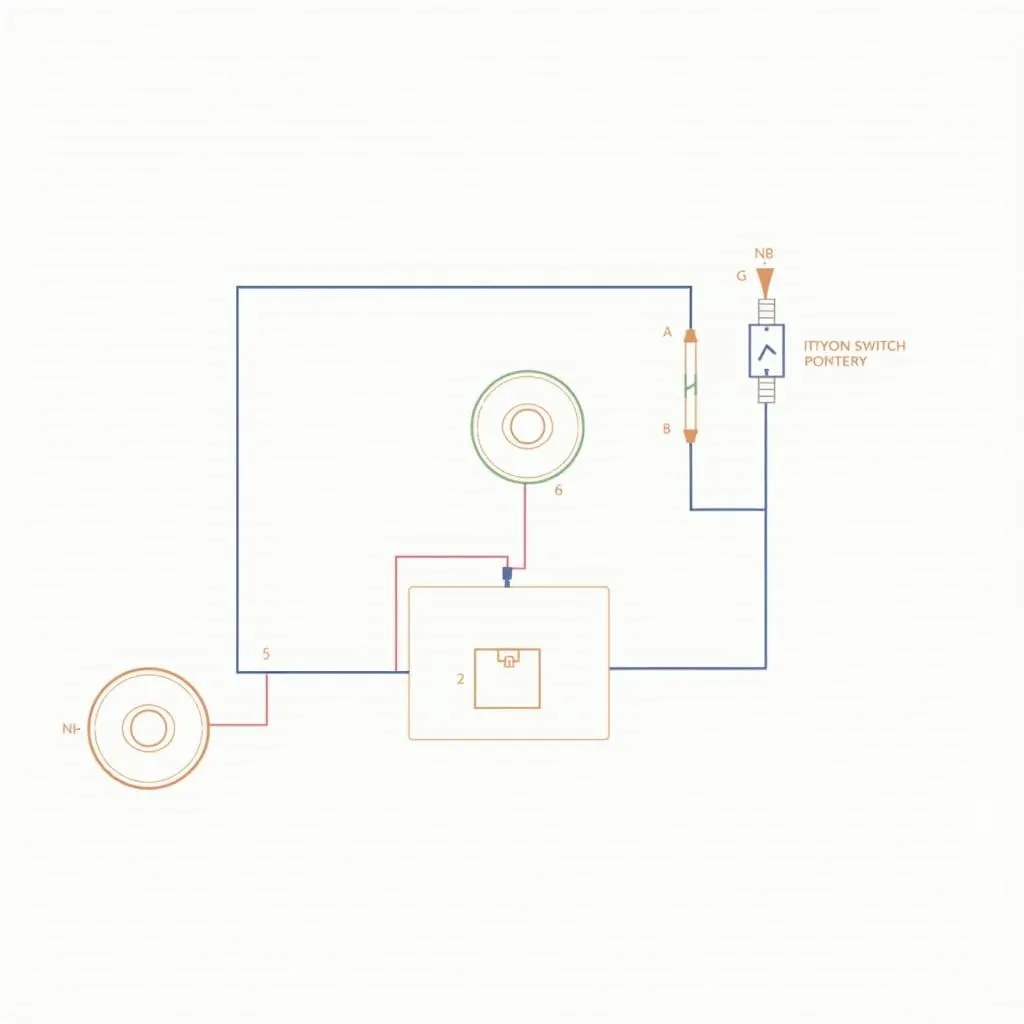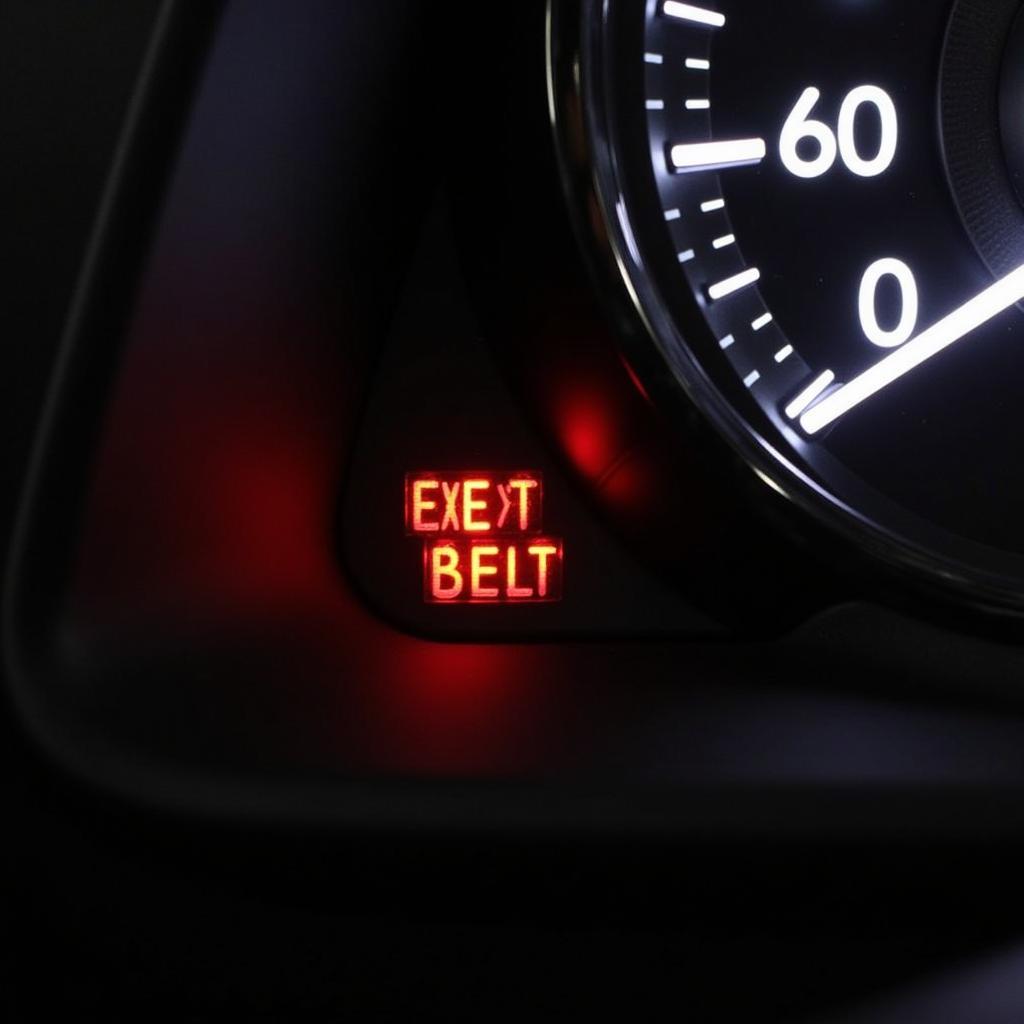A multi-pattern strobe light with a brake warning function is crucial for vehicle safety, especially for emergency and service vehicles. However, encountering issues with this system can be frustrating and potentially dangerous. This article dives into common problems associated with multi-pattern strobe lights integrated with brake warnings, providing troubleshooting tips and solutions for a safer driving experience.
Understanding the Multi-Pattern Strobe Light and Brake Warning Integration
Multi-pattern strobe lights offer various flashing patterns for different situations, enhancing visibility and signaling intentions effectively. Integrating this with the brake warning system provides an additional layer of safety, ensuring drivers behind are immediately alerted when the brakes are applied, particularly in low-visibility conditions.
Common Issues with Multi-Pattern Strobe Lights and Brake Warnings
Several factors can lead to malfunctions in these systems. These include faulty wiring, blown fuses, malfunctioning control modules, and issues with the strobe light unit itself. Identifying the root cause is crucial for effective troubleshooting.
- Wiring problems: Damaged or corroded wires can disrupt the flow of power to the strobe light and brake warning system.
- Blown fuses: A power surge or short circuit can blow the fuse protecting the circuit, rendering the system inoperative.
- Faulty control module: The control module is the brain of the system, and a malfunction here can affect the entire setup.
- Strobe light malfunction: The strobe light unit itself can malfunction due to damage, water ingress, or worn-out components.
 Faulty Wiring in a Multi-Pattern Strobe Light System
Faulty Wiring in a Multi-Pattern Strobe Light System
Troubleshooting Steps for Multi-Pattern Strobe Light with Brake Warning Issues
If you’re experiencing problems, here’s a step-by-step guide to help you troubleshoot:
- Check the fuses: Locate the fuse box and check the fuse related to the strobe light and brake warning system. Replace it if necessary.
- Inspect the wiring: Carefully examine the wiring harness for any signs of damage, corrosion, or loose connections. Repair or replace any faulty wiring.
- Test the control module: Use a multimeter to test the control module’s inputs and outputs to ensure it’s functioning correctly. If not, replace the module.
- Examine the strobe light unit: Check the strobe light unit for any physical damage or water ingress. If the unit is damaged, replace it.
Remote Diagnostics and Software Solutions
Modern vehicles often allow for remote diagnostics and software updates, which can be helpful in resolving issues with the strobe light and brake warning system. Consult your vehicle’s manufacturer or a qualified technician for assistance with this. “Remote diagnostics can save valuable time and money,” says John Smith, Senior Automotive Electrical Engineer at Advanced Vehicle Technologies. “By analyzing the system remotely, we can often pinpoint the problem quickly and efficiently.”
Prevention and Maintenance
Regular maintenance can help prevent issues with your multi-pattern strobe light and brake warning system. This includes checking the wiring and connections periodically, ensuring the fuses are in good condition, and keeping the strobe light unit clean and free of debris.
- Regularly check wiring and connections: Inspect the wiring harness for any signs of wear and tear.
- Ensure fuses are in good condition: Replace any blown or damaged fuses promptly.
- Keep the strobe light unit clean: Clean the strobe light unit regularly to prevent dirt and debris buildup.
Conclusion
A properly functioning multi-pattern strobe light with a brake warning is essential for vehicle safety. By understanding the potential issues, following the troubleshooting steps, and implementing preventative maintenance practices, you can ensure the system operates reliably, keeping you and others safe on the road. Addressing these issues promptly and effectively will enhance visibility and safety on the road. “Preventative maintenance is key to a reliable strobe light system,” adds Maria Garcia, Lead Technician at Auto Safety Solutions. “Regular checks can prevent minor issues from escalating into major problems.”
FAQ
- What should I do if my strobe light isn’t flashing? Check the fuse, wiring, and the strobe light unit itself.
- How do I test the control module? Use a multimeter to test the inputs and outputs of the module.
- Can remote diagnostics help with troubleshooting? Yes, remote diagnostics can often pinpoint the problem quickly and efficiently.
- How often should I perform maintenance on my strobe light system? It’s recommended to check the system at least twice a year, or more frequently if you operate in harsh conditions.
- What are the signs of a faulty strobe light control module? Erratic flashing patterns, no flashing at all, or issues with the brake warning integration are potential signs of a faulty control module.
- Can I install a multi-pattern strobe light system myself? While possible, it’s recommended to have a qualified technician install the system to ensure proper wiring and functionality.
- Where can I find replacement parts for my strobe light system? Replacement parts can be obtained from your vehicle’s manufacturer, automotive parts stores, or specialized online retailers.



